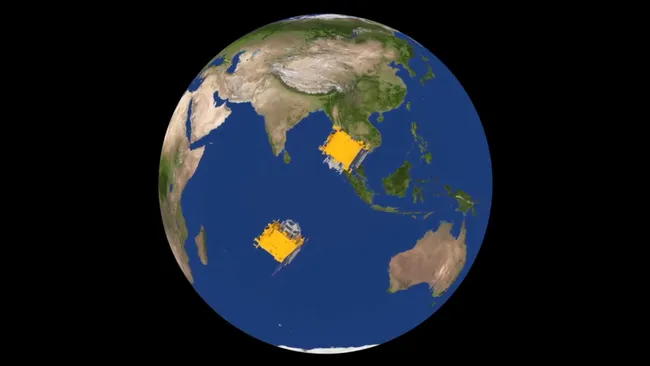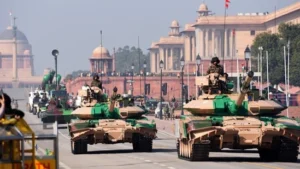India achieves milestone as fourth nation to succeed in space docking

India achieves milestone -Major milestone ! India becomes 4th nation to dock satellites in orbit . “Spacecraft docking successfully completed! A historic moment.”
BENGALURU, Jan 16 (Reuters) – India became the world’s fourth nation on Thursday to achieve the feat of space docking, a technological milestone that underscores its ambitions to expand its share of a rapidly growing $400-billion global space market.
Target and Chaser, two satellites of the Indian Space Research Organisation (ISRO) that are each roughly the size of a large refrigerator, successfully latched onto each other at about 9 a.m. (0330 GMT), an agency spokesperson said.
The indigenous technology, crucial for satellite servicing, space station operations, and interplanetary missions, positions India for a key role in commercial and exploratory space efforts.
India achieves milestone -“India has ambitious missions planned and to achieve those, this is an important technology,” astrophysicist Jayant Murthy said.
“Various missions, like building a space station, need assembly in space, which is not possible without space docking.”
ISRO said the two satellites participating in its Space Docking Experiment (SpaDeX), will now be controlled as a single object, with power transfer checks made in the next few days.
The mission had been postponed twice, first because the docking process needed further validation through ground simulations, and then to resolve an issue stemming from excess drift between the satellites.
Among 24 payloads and experiments were eight cowpea seeds, sent to space to study plant growth in microgravity conditions, which germinated within four days of the mission’s launch.
Scientists say this is a critical step demonstrating that food can eventually be grown in space during long missions.
The mission will also demonstrate the transfer of electric power between docked spacecraft, key to applications such as in-space robotics, composite spacecraft control and payload operations after undocking.
Such techniques are essential for missions requiring multiple rocket launches.
Space exploration and commercialisation is a key part of Prime Minister Narendra Modi’s efforts to position India as a global superpower.
The successful SpaDeX mission “is a significant stepping stone for India’s ambitious space missions in the years to come,” Modi said on X.
On Thursday, India approved the setting-up of a third launch pad in the southern state of Andhra Pradesh, to be completed in four years at a cost of 39.85 billion rupees ($461 million), giving a further boost to its space plans.
ISRO is focused on deep-space exploration and enabling private companies to commercialise the sector, with projects ranging from solar studies to orbital astronaut missions and planetary defence, in collaboration with NASA.
With the global commercial space market expected to reach $1 trillion by 2030, India aims to grow its share to $44 billion by 2040, up from $8 billion, or a slice of just 2%, now.
India continues to prove out the abilities of its increasingly robust space program.
The two satellites of the Indian Space Research Organization’s (ISRO) Space Docking Experiment, or SpaDex, successfully met up in Earth orbit yesterday (Jan. 15), making India just the fourth country to pull off an in-space docking. The other three are all heavy hitters in the space game: the United States, Russia and China.
“Spacecraft docking successfully completed! A historic moment,” ISRO said in an Xpost last night (Jan. 15). “Congratulations to the entire team! Congratulations to India!”
This technology is essential for India’s space ambitions, such as Indian [missions] on [the] moon, sample return from the moon the building and operation of Bharatiya Antariksh Station (BAS), etc,” ISRO officials wrote in a SpaDeX mission description. “In-space docking technology is essential when multiple rocket launches are required to achieve common mission objectives.”
BAS is an Earth-orbiting space station that India plans to assemble by 2035 or so. The nation is already working on a robotic lunar sample-return mission — Chandryan 4, which is targeted to launch in 2028.
With Thanks and Reference to:https://www.space.com/space-exploration/missions/major-milestone-india-becomes-4th-nation-to-dock-satellites-in-orbit and https://www.reuters.com/world/india/indias-isro-successfully-carries-out-space-docking-mission-2025-01-16/







